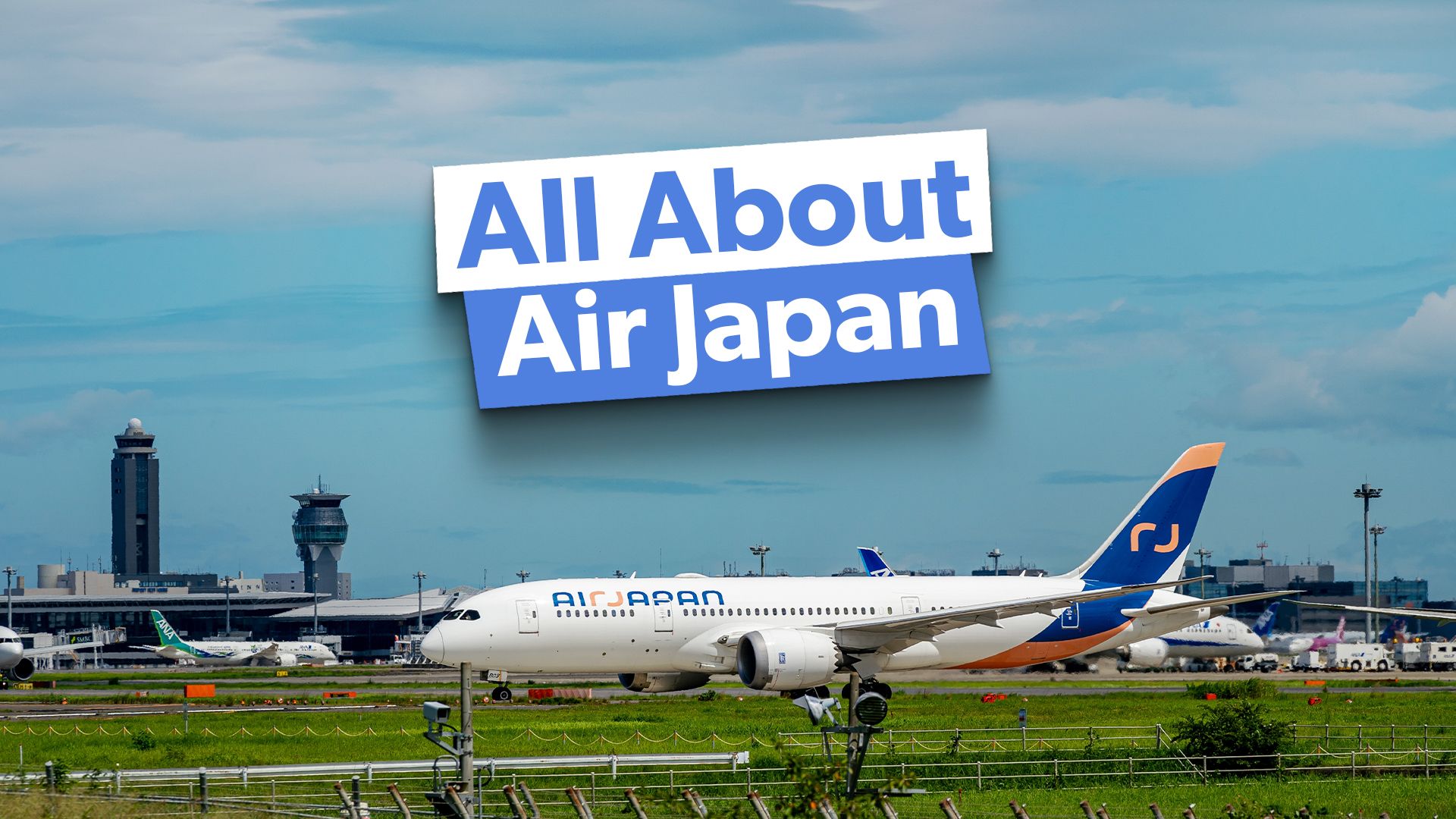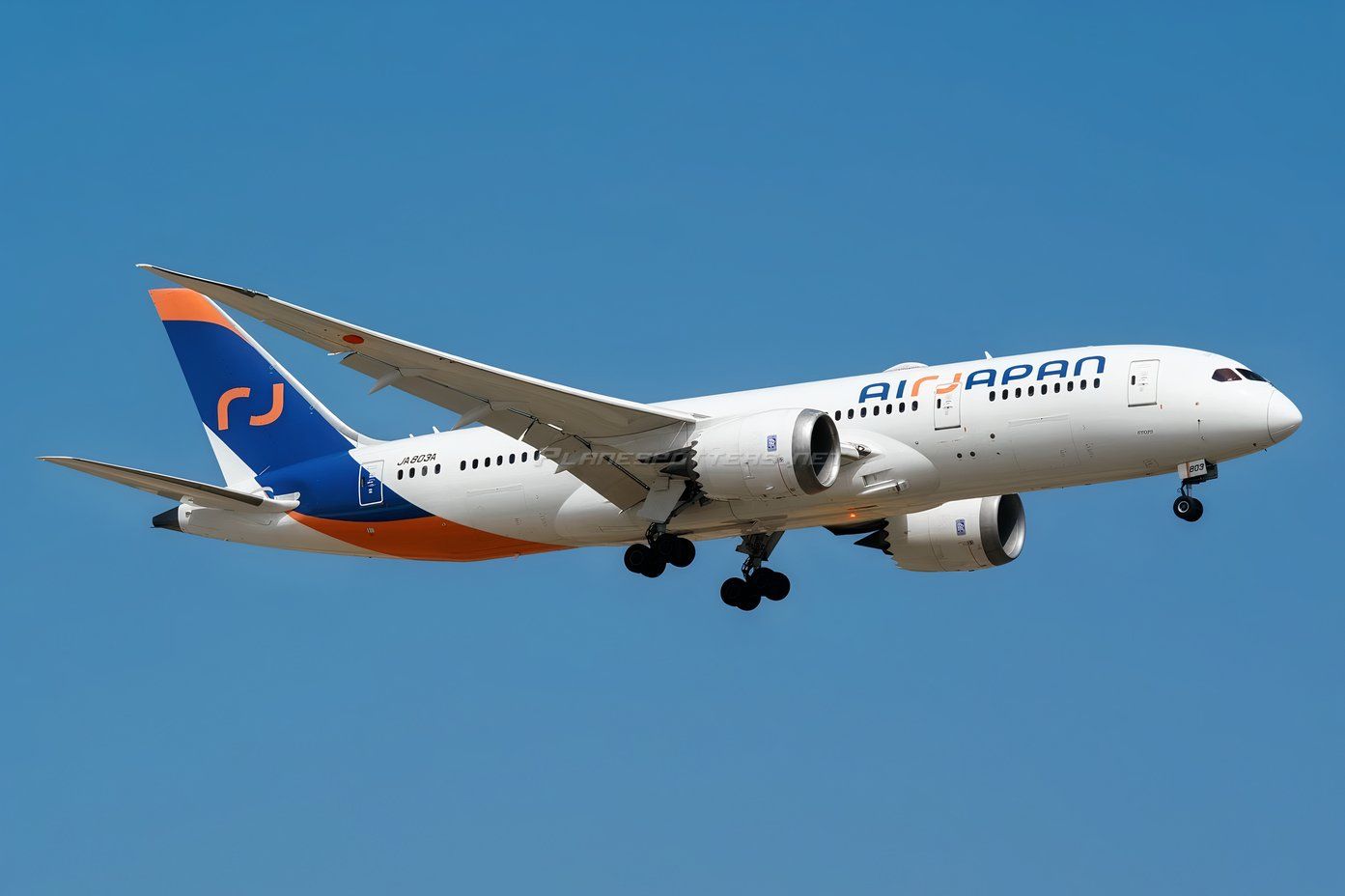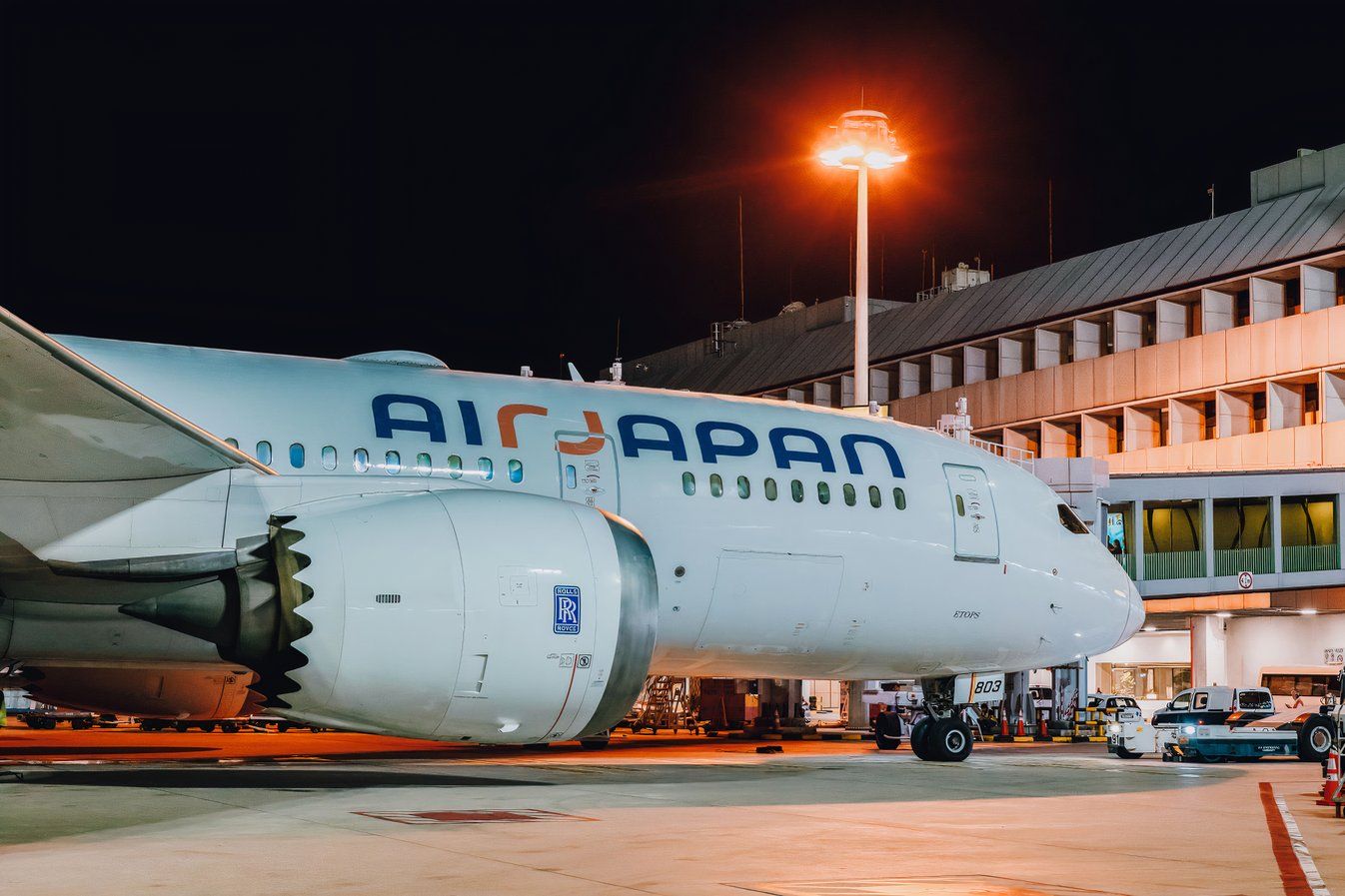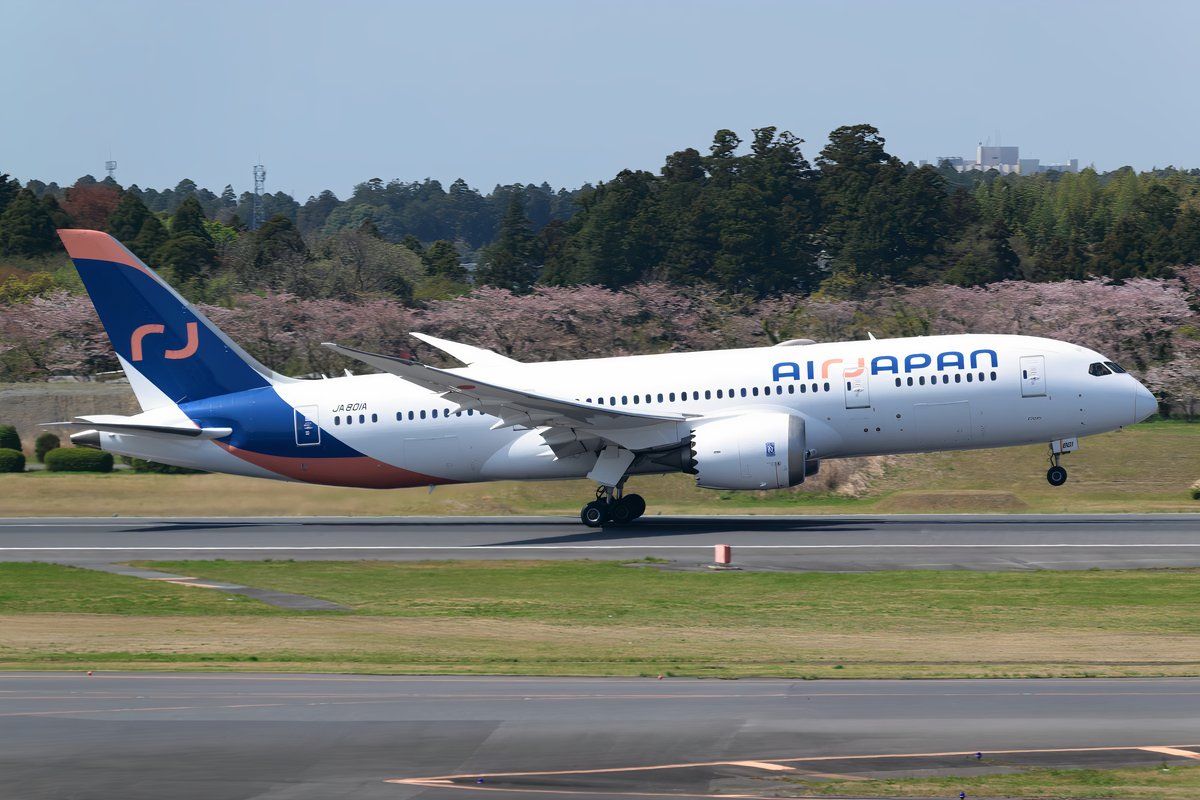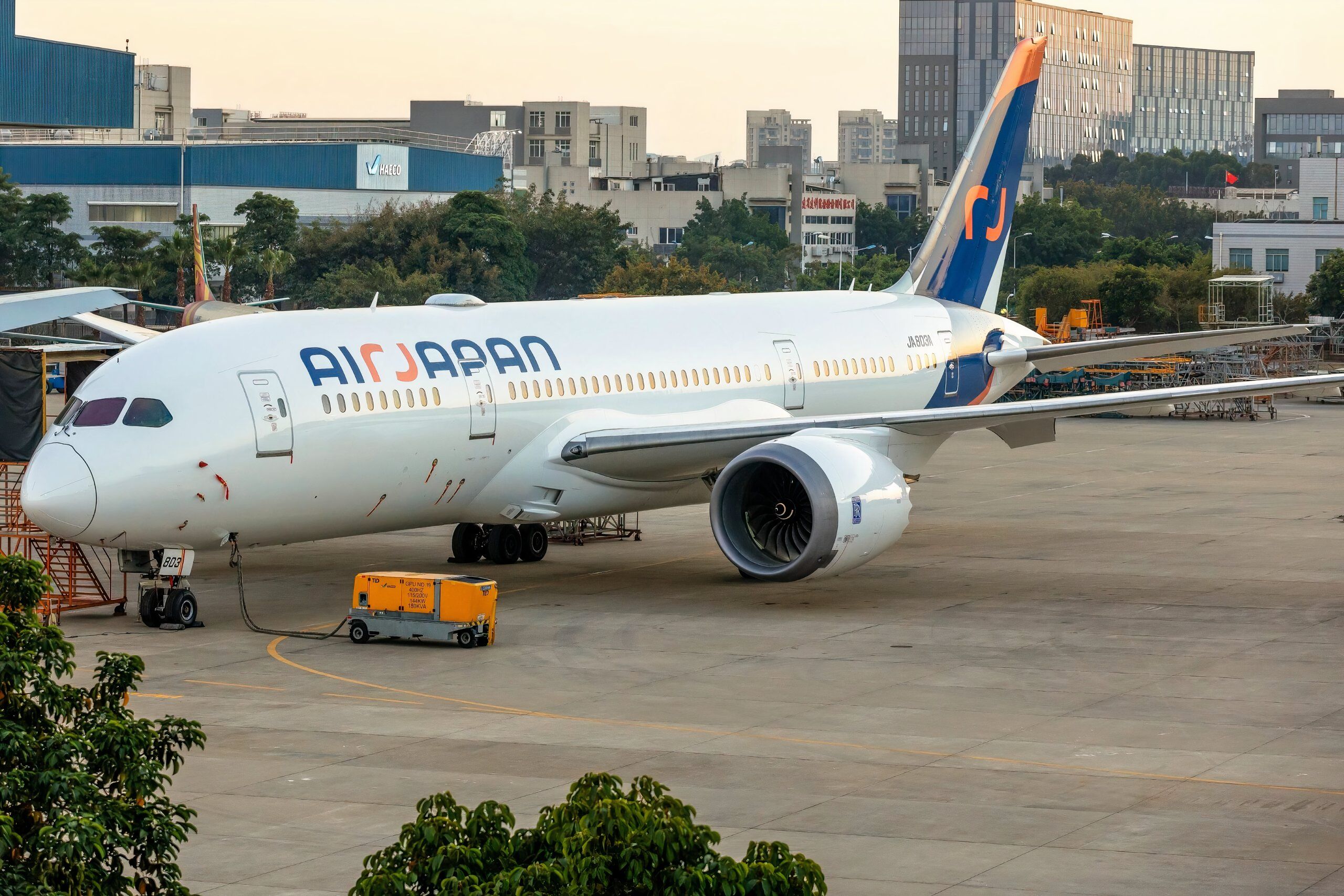As the global pandemic has receded and international travel has bounced back, we have witnessed the resurgence of what experts refer to as the “long-haul low-cost carrier” model (or LHLCC, if you’re a fan of acronyms).
You can see it in the emergence of Norse Atlantic from the ashes of Norwegian, the growth of Cebu Pacific, or the fact that every fashionable legacy carrier seems to have an LHLCC ‘accessory’ these days: Singapore Airlines with Scoot, Qantas with JetStar, Lufthansa with Discover Airlines or Japan Airlines with Zipair.
Photo: AirJapan
So it is unsurprising that All Nippon Airways (ANA), the largest airline in Japan based on passengers carried, has recently launched its own LHLCC.
Branded as AirJapan, it is a wholly-owned subsidiary of ANA, much like its short-haul sister, Peach, but focusing on serving medium-to-long-haul destinations with an LCC business model. But will it succeed within a market segment that is becoming increasingly cluttered?
AirJapan: Decades in the making
AirJapan was initially founded in 1990 as World Air Network, the charter arm of ANA. After being re-launched as a scheduled airline in 2001 under the name “Air Japan,” it began operating passenger and cargo services on behalf of ANA using Boeing 767-300s.
In 2020, ANA unveiled plans to transform the company into a low-cost carrier on longer haul routes, utilizing Boeing 787-8s that it would lease from ANA, and it restyled the brand to AirJapan (no space) and added the slogan “Fly Thoughtful.”
Photo: AirJapan
The creation of AirJapan closely followed the launch of ZIPAIR in 2020, the LHLCC owned by ANA’s arch-rival, Japan Airlines. But in reality, it was just as much a reaction to the appearance of numerous other regional LHLCCs at Tokyo Narita (NRT) in recent years.
These are airlines with LCC business models but widebody fleets for medium-haul and long-haul routes over 5 hours in length. They include:
- AirAsia X: The Malaysian long-haul sister company of AirAsia operates a fleet of A330-300s, with orders for A330-900s and A321XLRs. It serves seven airports in Japan.
- Scoot: Singapore Airlines’ LHLCC is relatively mature at 12 years, with a fleet of 21 Boeing 787 widebodies (and 29 A320 family aircraft) that it flies to over 70 destinations, including Tokyo Narita (NRT), Osaka Kansai (KIX), and Sapporo (CTS)
- Jetstar: Australian-based Jetstar provides long-haul LCC services to multiple Japanese airports. Not to be confused with Jetstar Japan, the short-haul joint venture between Qantas and Japan Airlines.
- Vietjet: The fast-growing Vietnamese carrier serves eight Japanese airports and recently bet big on the LHLCC model, ordering 20 new A330-900s earlier this year.
- Cebu Pacific: Launched in 1988 as Asia’s first low-cost carrier (LCC), the Filipino airline is famous for its 459-seat all-economy Airbus A330s. It serves five Japanese airports from three different cities in the Philippines.
- Air Premia: Self-described as a “hybrid” airline, the Korean carrier uses its B787 fleet to serve Narita and destinations as far away as Europe.
- T’way Air: Another Korean LCC that flies its fleet of A330s to European destinations and serves ten Japanese cities.
Creating the new AirJapan experience
Undaunted by this intense competition, the AirJapan team began the hard work of establishing the new carrier amidst the uncertainty of the global pandemic. Like many of the other regional LHLCCs, they chose to utilize the Boeing 787-8 as the mainstay of the fleet.
Not only was it easily available to lease from the parent company, which currently has 34 of the type (along with 44 of the -9 and 7 of the -10), but the aircraft offers attractive economics while lowering the risk of unfilled capacity that comes with larger widebodies such as the B777 or A350.
The first aircraft, JA803A, a 12-year-old B787-8 from ANA, was repainted in the AirJapan colors and given its new interior, a 324-seat, all-economy layout.
The Safran Z110i slimline seats are arranged in a 3-3-3 configuration, with a row pitch of 32″ and a seat width of 17.1”. Like many LHLCCs, there are no seat-back screens, but seats have built-in tablet holders, and WiFi allows for content to be streamed to personal devices.
While the seats may all be the same, AirJapan offers three fare classes: ‘Simple,’ the baseline economy product; ‘Standard,’ which includes advance selection of specific seats and one piece of checked luggage; and ‘Select,’ which offers the best seat selection options, two pieces of checked baggage, and inflight meals.
Various dining options can also be purchased when reserving a ticket, while a buy-on-board menu includes meals, blankets, and other amenities.
Photo: AirJapan
Building the AirJapan network
Operating out of Tokyo’s Narita airport, AirJapan chose Bangkok’s Suvarnabhumi Airport (BKK) as its first destination.
While the route is already served by ANA, JAL, ZIPAIR, and Thai Airways, there is a significant volume of leisure traffic in both directions between Japan and Thailand that AirJapan feels it can capitalize on. The inaugural flight departed Tokyo on February 9th of this year, and the airline now provides daily service on the 6.5-hour route.
Photo: AirJapan
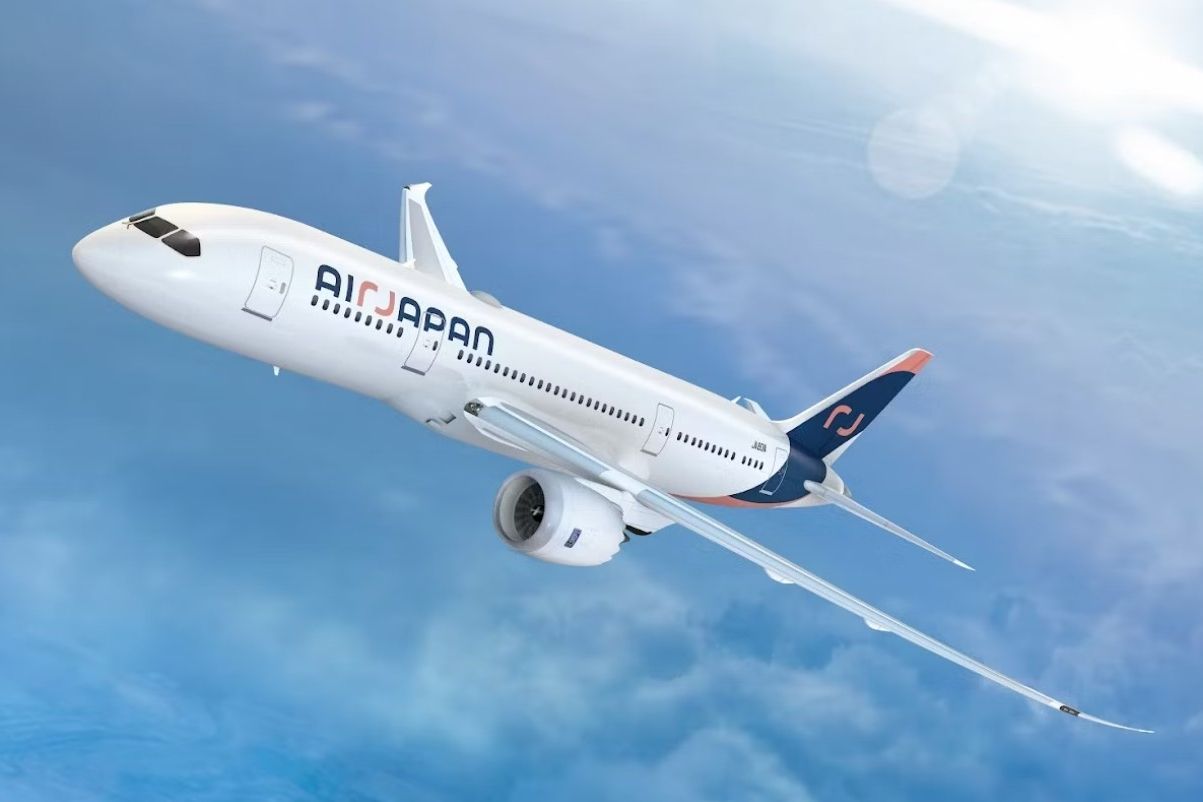
Related
Inaugural Flight From Tokyo To Bangkok: Air Japan Launches Operations
The tourist-centric airline begins service with its first flight to Bangkok.
AirJapan’s second destination was not far behind. With the delivery of an additional B787-8 (JA801A), the carrier began service to Singapore (SIN) five times a week. Subsequently, it has launched a daily service on the high-traffic route to Seoul (ICN), where it faces stiff competition from at least 12 other carriers.
Four more B787-8s (JA802A, JA804A, JA806A, and JA807A) are set to be delivered over the coming months, so the AirJapan network will undoubtedly have new destinations added in the near future.
There are rumors that the carrier is considering flights out of Kansai International Airport, but given ZIPAIR’s success flying to the North American West Coast, we can probably expect to see San Francisco, Los Angeles, Seattle, and perhaps even San Diego or San Jose appear on route planning in the months ahead.
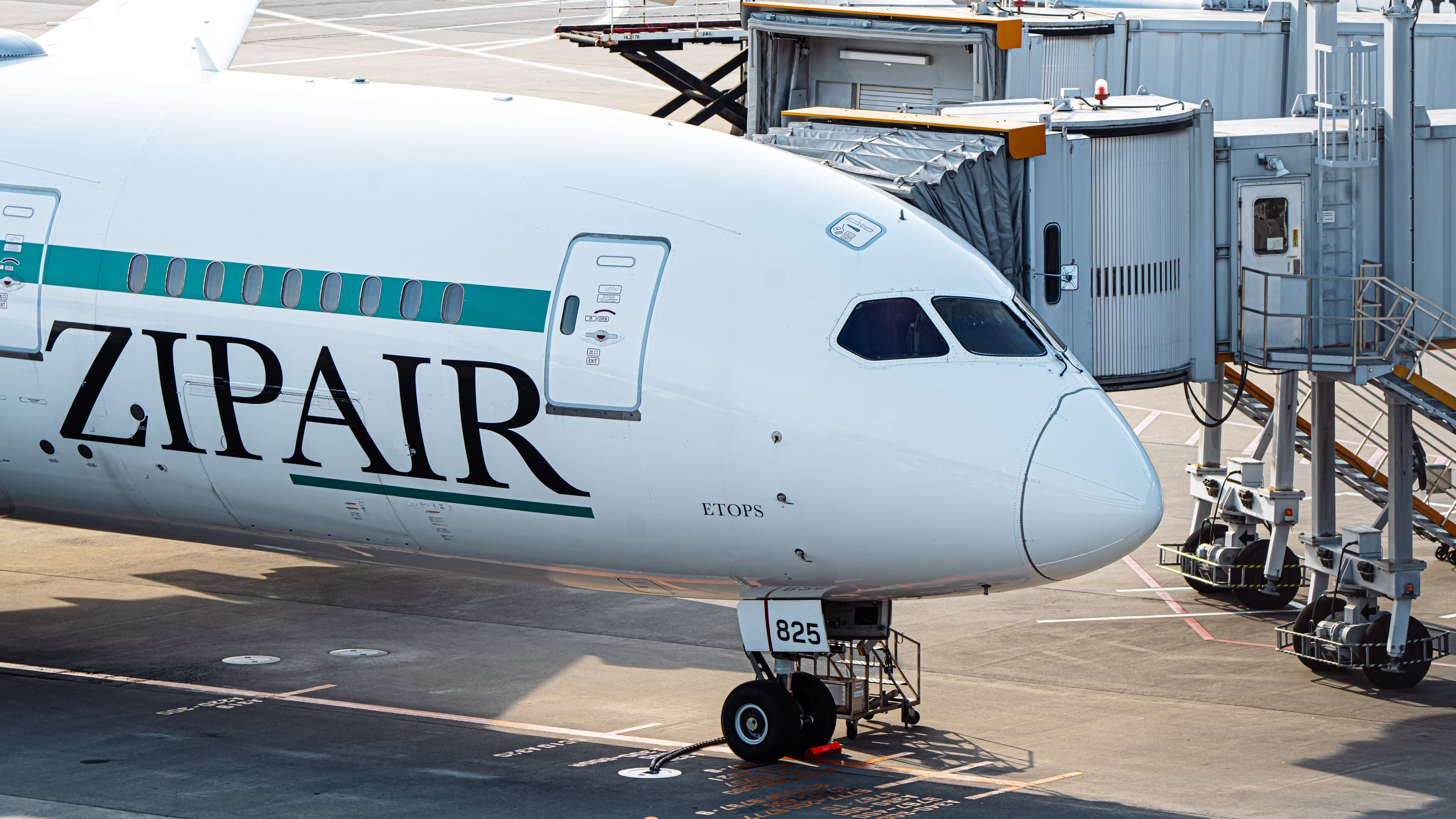
Related
ZIPAIR Adds 6th North American Destination—But Where’s Next?
ZIPAIR is Japan Airlines’ lower-cost, wholly-owned subsidiary. It exclusively uses 290-seat Boeing 787-8s, some previously operated by its parent, from Tokyo Narita.
ZIPAIR’s first US route was to Honolulu in 2020, followed by Los Angeles in 2021, San José in 2022, San Francisco in 2023, and Vancouver in 2024.
Its sixth North American destination is coming: Houston Intercontinental. The route, which will cover 5,772 nautical miles (10,690 km) in each direction, will begin on March 4 and be served four times weekly. It will be a considerable 21% longer than its current longest route, Tokyo Narita-Los Angeles.
In the year to July 2024, Houston-Tokyo (Narita and Haneda) had 63,000 roundtrip point-to-point passengers. United serves Narita daily, while fellow Star Alliance member All Nippon operates daily from Haneda. ZIPAIR’s arrival means the Japan Airlines Group will be present for the first time, with the city pair never having three operators before.
The five largest unserved North

